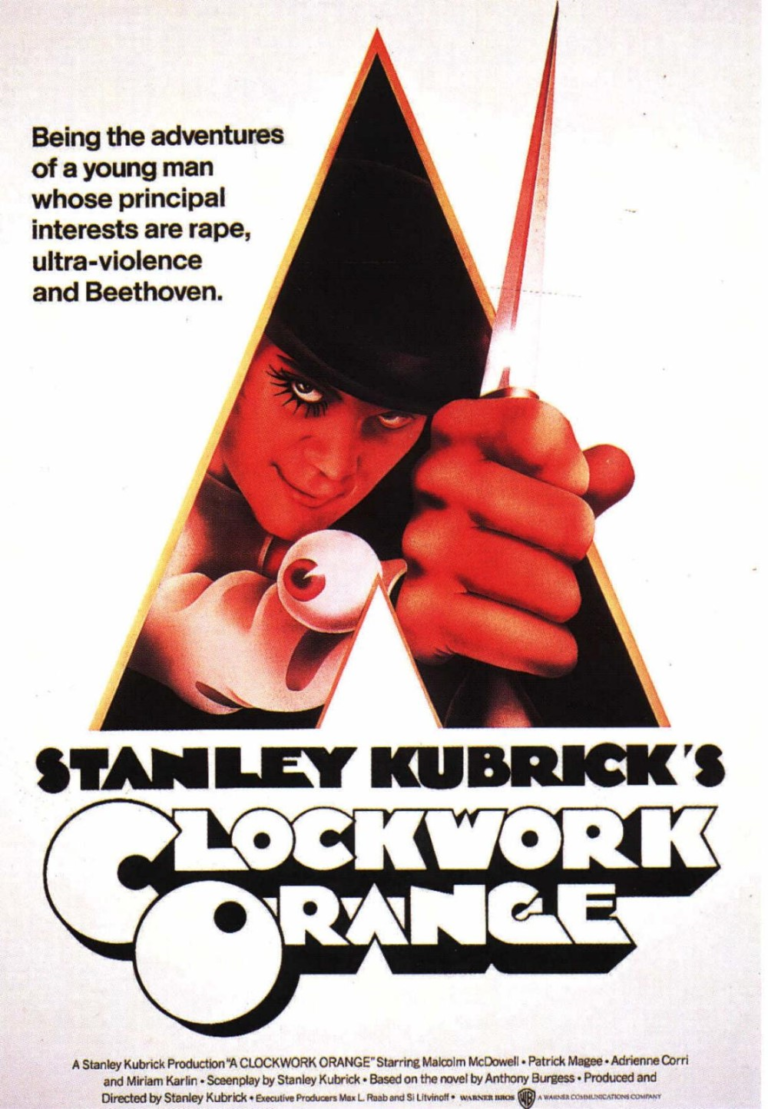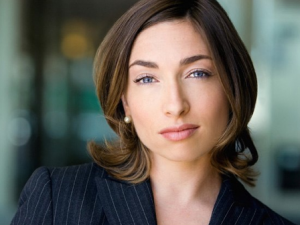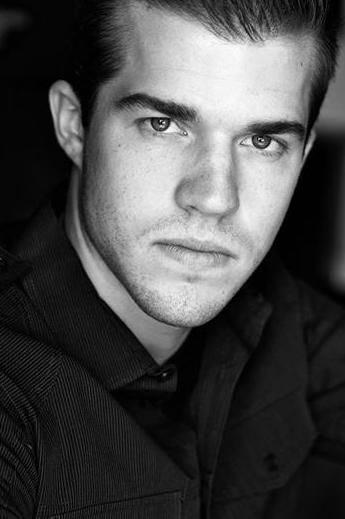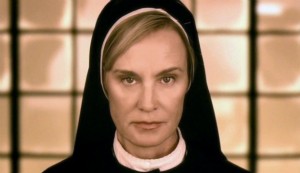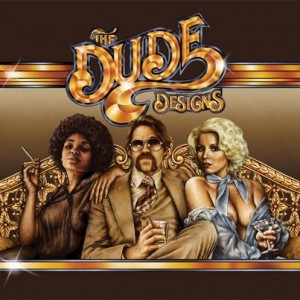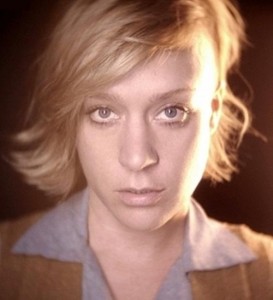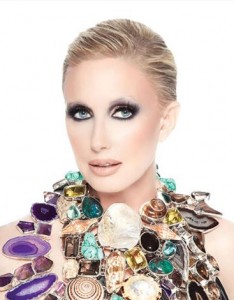Jessica Lange played the role of Constance in “American Horror Story” last year and ended up winning both a Emmy and a Golden Globe for her role in the show. In “American Horror Story: Asylum”, Lange is back and is playing the role of Sister Jude, with an even darker past. Media Mikes had a chance to chat with Jessica Lange about the role in the show and her feelings on this season.
Mike Gencarelli: I think in the first season the scares were certainly slightly more supernatural and this one it’s more real, serial killers, and far more bloody. What effect do you think that has on the audience for “American Horror Story: Asylum”?
Jessica Lange: I think it’s darker. I think the whole story is darker this time. It deals, I think, on a much darker psychological level. You’ve got human experiments. I think in some way last season was a ghost story, and this season it really is the darker parts of the human psyche that Ryan is exploring. I think the affect is that it’s hard to watch, I hear that from people a lot. “I can’t watch it, it’s too horrifying,” or whatever. I don’t know, I think you have to strike a balance. I think this season became darker than anybody anticipated, just because of the subject areas that they laid out in the beginning, I mean, the thing with the ex-Nazi SS doctor and human experiments, and the serial killer based on this character Ed Gein. Yes, the warehousing of human beings in these institutions, madness, I mean, yes, there’s a lot of subjects that they’re covering, the Catholic Church, that lend themselves to great horror stories.
MG: Can you reflect on the difference between your characters from the first season, Constance very much seemed to be the puppet master, but in the second season Jude is fast becoming our very complex hero as the season develops. How different are Jude’s intentions to Constance’s, and what did you really want to bring to Jude that you may not have been able to do with Constance?
JL: I think “puppet master” is a very good description of Constance. The thing that I found, kind of the spine of the character of Constance, was that this was a woman who had basically lost everything and had nothing left to lose and also was extremely, what can I say, unafraid, so she just manipulated her way and put herself in situations that probably other people would not have. With Jude she has a lot to lose because she’s holding on to something that she feels has saved her life and redeemed her, and then when it all becomes clear that everything was false, from the idea that she did not run over and kill this child, which is what sent her on this whole path, trying to find some kind of life, some redemption, some spiritual life, that when she discovers everything is false from the beginning, there’s a descent into madness that is completely different and for me much more interesting to play. I thought Constance was a wonderful character, she was kind of a throwback to the ’40s, kind of tough dame, sweet talking but with a real edge, she did not suffer fools, nothing went past her, she had a way of moving through everything and getting what she wanted. This woman is much more vulnerable and I think in some way tragic. She’s destroyed her life. She’s an addict. She’s an alcoholic. She’s had bad luck with men, a lot of bad men in her life. And she’s come to the end of the road with the hopes that this church, that this man, the Monsignor, is going to save her, that she’ll become something else, that she’ll make her life worth living. And of course that all comes down, crashing, and she’s left absolutely alone, completely and totally alone, and those are two things I love playing because you also find them in Williams’ characters, the thing of aloneness, the idea of being completely alone in the world and couple that with madness, and it’s a really potent combination to play.
MG: Do you want more challenges in your “American Horror Story” tenure? Is there ever times you feel it goes to far?
JL: Well, there are times when I’ve said, “I think this is too much,” but that’s not been too often because they tend to write for me less action and I don’t know, maybe more kind of psychological. But that’s been better. I wouldn’t really know how to do a lot of the really intense action scenes, so I have a few of those but not many. I think there was a leap of faith on my part just thinking, well, if I’m going to do this I’m going to do this. And I think as an actor you have to have trust, you have to believe that somebody is taking care of you or watching your back, because with a part like this especially and where we’re going with it, I can’t pull any punches, I can’t do it halfway, especially when you’re dealing with madness and this descent into madness, and I really felt like, okay, I’m going to embrace this 100% and hopefully somebody will look out for me and not let me completely humiliate myself. Yes, it’s combined. I’ve never worked this way before where it’s so fluid between the creators, the writers, and me. Usually you get a script and it’s there and it’s start to finish, and this kind of evolves and morphs as we go along. I do have more input, but then there are of course limitations within the structure of the whole story and the trajectory of where it’s going. But it’s been interesting. It’s been an interesting challenge.
MG: Since you have a background in photography, have you ever collaborated with the DP or ask questions or have an opinion about the visual layout of the show?
JL: Well, I’m very curious about the way it looks, yes. I always watch cinematographers on the set because in some way I think having spent 30 years making movies, maybe it’s 35 now, I think I’ve been informed in my photography by filmmakers, by the cinematographer, so that I’m drawn always, when I take a photograph what prompts me to lift my camera and click the shutter usually has a great deal to do with setting, with lighting, with the choreography, the grouping. So I think that, in fact I’m just looking now at the wall, I’ve got all these little 8x10s of Day of the Dead, I was there in Oaxaca just a month ago, and yes, it has a very cinematic feel to it. And I think because I’ve been doing movies as long as I have, that one lends itself to the other. I understand, and I’m very curious, about how you light specifically for dramatic emphasis. And I think Michael Goy in this series that we’re doing is a master at that. He really does an amazing job lighting this show. Yes, it’s amazing to watch him do it and to create the emotions. And through the ambience, through the lighting, right away you have an instantaneous emotional reaction before the scene even plays out.
MG: Which actor have you enjoyed working with most this season?
JL: One of my favorite actors that I worked with in these episodes last year and this year is Frances Conroy. There’s just something in her, I don’t know there’s something, when we’re on screen together something happens. I think one of my favorite scenes that I’ve played this year is the scene from, I guess it was Episode 7 in the diner when she’s come for me as the Angel of Death, and I don’t know, there’s almost a connection that you can’t really describe. But certain actors I think just find something when they’re working together, and that’s how I felt in these scenes with Frannie. But every actor that I’ve worked with on this, I mean, James, Sarah, and Lily and Ian, it’s just a pleasure to work with them. And even actors who come in for just a day’s work have been amazing and have really brought something and make your work better.
MG: Tell us about your plans to return for a third season?
JL: Well, we haven’t really talked about it too much, and all that stuff is still under discussion. I think I will try it again, depending on what the story is and who the character is and all of that, so we’ll see what happens. I’m just exhausted from this whole experience. And this season, it seems like it’s gone on forever and I really don’t have a thought about next season yet. There’s a lot of stuff that will come up, but as of now I hate to say I haven’t given it any thought whatsoever.
